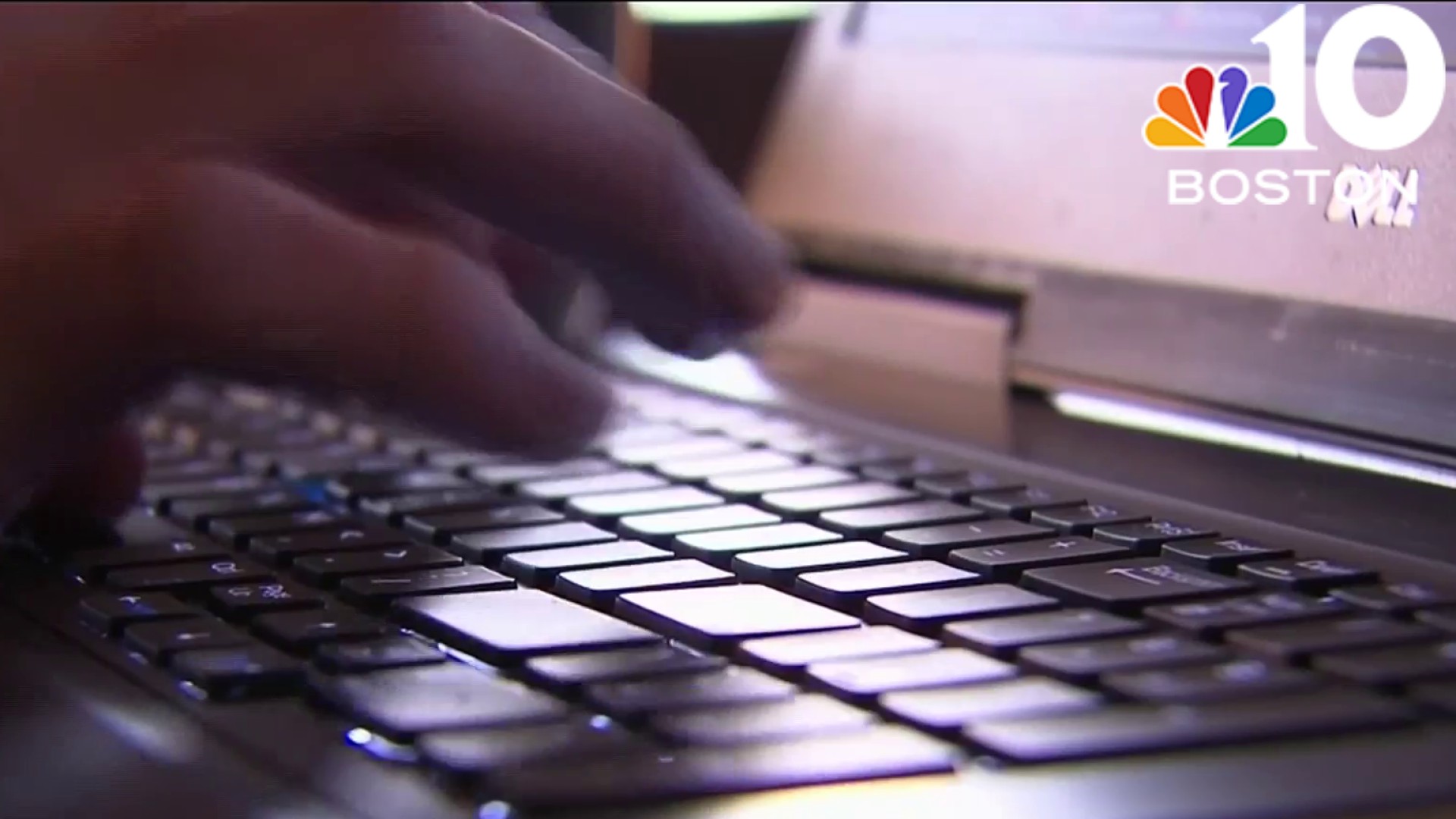
Pay attention to things like your credit, your passwords, and your security to avoid becoming a victim.
Follow NBC10 Boston:
https://instagram.com/nbc10boston
https://tiktok.com/@nbc10boston
https://facebook.com/NBC10Boston
https://twitter.com/NBC10Boston
Are you doing enough to protect yourself from becoming a victim of identity theft and fraud?
That’s a question you should be asking yourself every day.
WATCH ANYTIME FOR FREE
Stream NBC10 Boston news for free, 24/7, wherever you are. |
Data breaches over the years have exposed the personal information of millions of people, you included.
“I think the most important thing is to realize that your information is out there. Criminals have access to it,” says Kevin Brasler, Executive Editor of Consumers’ Checkbook.
Get updates on what's happening in Boston to your inbox. Sign up for our News Headlines newsletter.
Consumers’ Checkbook has outlined a lot of steps you should be taking to protect yourself. Freezing your credit with all three of the major credit bureaus tops the list. Credit freezes prevent criminals from setting up new accounts in your name. It is easy to do. And if you need to apply for credit yourself, you just temporarily lift the freeze.
“It's a little bit of a pain to do this. It's going to take five, 10 minutes to do this every time you need to,” says Brasler. “But that's a lot less time than it will take to, you know, resolve identity theft. If somebody's set up a bunch of accounts in your name, it's going to take a long time to straighten all that out.
You also need to regularly check your credit reports and monitor your credit scores so if something doesn’t look right, you catch it early.
Enable two-factor authentication on all of your accounts that offer it. This adds an extra layer of security. And don't forget to strengthen and change up your passwords.
More on protecting your personal information
“The best thing to do is to use, password management software, where you just need to remember one master password. And that tool then unlocks different accounts,” says Brasler. “Especially for your investment accounts and retirement accounts, it’s really important that you lock them down with really long, safe passwords and multifactor authentication so that criminals can't easily access those funds.”
Always keep your devices and software up to date, and wipe your data before getting rid of old devices.
Take the time to shred old credit cards or any documents that contain any personally identifiable information.
If you’re mailing a physical check, you need to take it into the post office. Mail fraud and check theft scams are on the rise.
And speaking of mail, don’t ignore yours! An old-fashioned letter in your mailbox may be the first indication you get that something is wrong with one of your accounts or that someone has opened an account in your name.
“A lot of times what's happening is that companies are reaching out to customers to let them know that suspicious activity has occurred on their account, or there's been a withdrawal, and people are ignoring that because they just don't open their mail anymore, or they just think it's a statement,” says Brasler. “So they don't need to even look at it because they already checked it online recently or something like that.”
Do not trust what your caller ID says, and don’t ever click on a link that you get in an email or text. If you get a call or alert that says there’s a problem with your bank account, pull out your bank card and independently call the number on the back of it and find out if that is the case.
You can read the full Consumers’ Checkbook article here.



